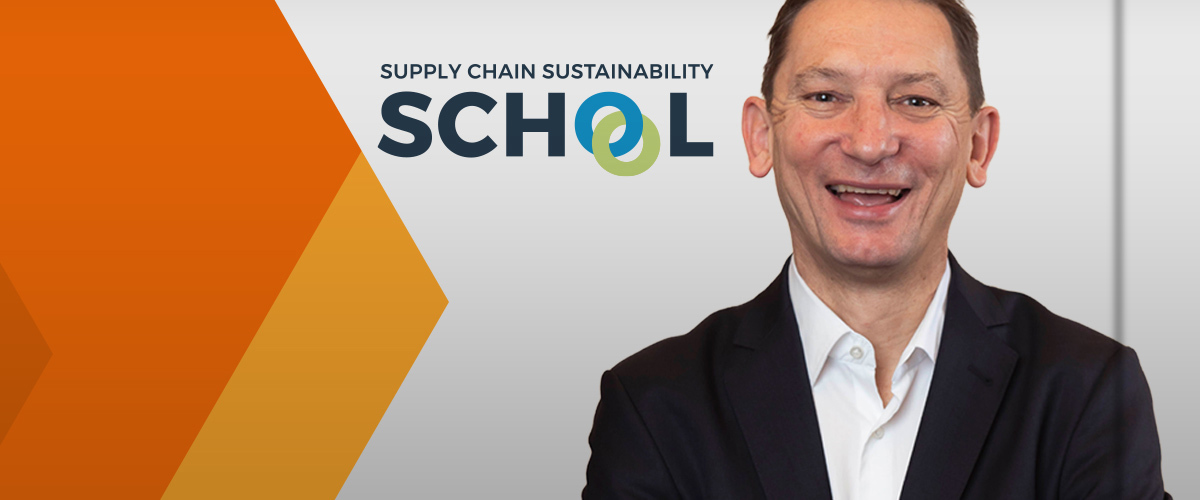
Etex are now a partner of the Supply Chain Sustainability School (SCSS) – an organisation that brings together clients, contractors, and suppliers with the shared goal of creating a more sustainable future for the built environment.
We looked at what sustainability requirements for materials look like now and in the future, and what clients and contractors are looking for from the supply chain in the coming years, as we appreciate this is one of the biggest factors contributing to their carbon footprints.
We identified that we could support clients, contractors, specifiers, and architects in several ways. There are more things to discuss, but the actions we have decided that are most important for us to focus on in the short to medium term are:
1.
Supporting customers on Scope 3 (indirect) emissions Scope 3 emissions make up a huge percentage of a construction firm’s total emissions. The supply chain is in a prime position to help organisations reach their Scope 3 targets, meaning collaboration is key. As gypsum (the key component in plasterboard) can be endlessly reused without any impact on its performance, plus the fact we operate a circular model with it, puts us in a strong position to help customers make carbon reductions via this product.
2.
Simplifying Environmental Product Declarations (EPDs) While EPDs are an important way of reporting a product’s environmental life cycle impact, they can be complicated to digest. We will look at the best ways we can provide both standard EPDs and a simplified commentary on the key points.
3.
Drylining versus other materials in a building We intend to look at the embodied carbon in typical buildings and see how Siniat can reduce carbon. It might not be the largest value in a building, yet we can look to act now.
Find out more: Watch our video
